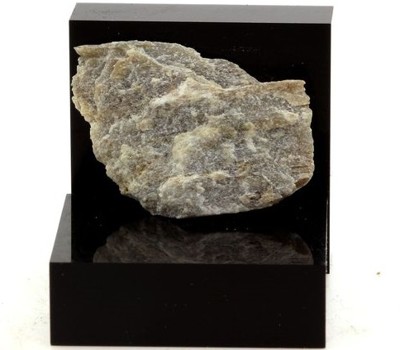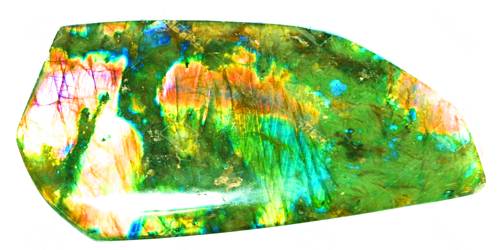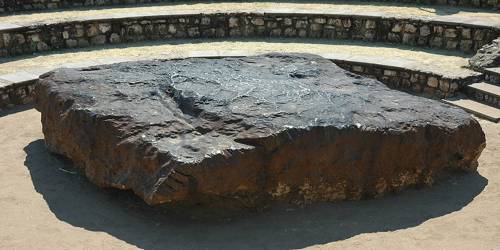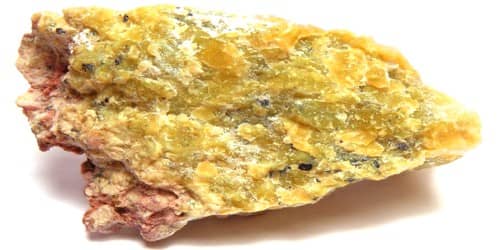Madocite is a mineral with a general formula of Pb17(Sb, As)16S41. It is an orthorhombic-pyramidal grayish black mineral containing antimony, arsenic, lead, and sulfur. It is found in the marbles of the Precambrian Grenville Limestone.
Madocite was named for the locality of discovery, Madoc, Ontario, Canada.
General Information
- Category: Sulfosalt mineral
- Formula: Pb17(Sb, As)16S41
- Crystal system: Orthorhombic
- Crystal class: Pyramidal (mm2) (same H-M symbol)
- Color: Grayish black.

Properties
It is orthorhombic (rectangular prism with a rectangular base) and in the point group mm2. Its crystals are elongated and striated along [001] to a size of 1.5 mm.
- Crystal habit: Elongated and striated crystals; massive
- Cleavage: {010} Perfect
- Fracture: Conchoidal
- Mohs scale hardness: 3.25
- Luster: Metallic
- Streak: Grayish black, shining
- Diaphaneity: Opaque
- Specific gravity: 5.98
Occurrences
Madocite is found in small clusters in marble pits (near Madoc, Ontario), and was originally categorized in the 1920s as an unidentified sulfosalt mineral in an assemblage of pyrite, sphalerite, and jamesonite in marble. Later research was done by John L. Jambor in the 1960s who went to the site and collected samples of the assemblages.
Madocite is anisotropic and classified as having high relief. It also displays strong pleochroism.
Association: Jamesonite, boulangerite, arsnopyrite (Madoc, Canada); chabourn´eite, pierrotite, parapierrotite, stibnite, pyrite, sphalerite, twinnite, zinkenite, andorite, smithite, laffittite, routhierite, aktashite, wakabayashilite, realgar, orpiment (Jas Roux, France).
Information Source:
















